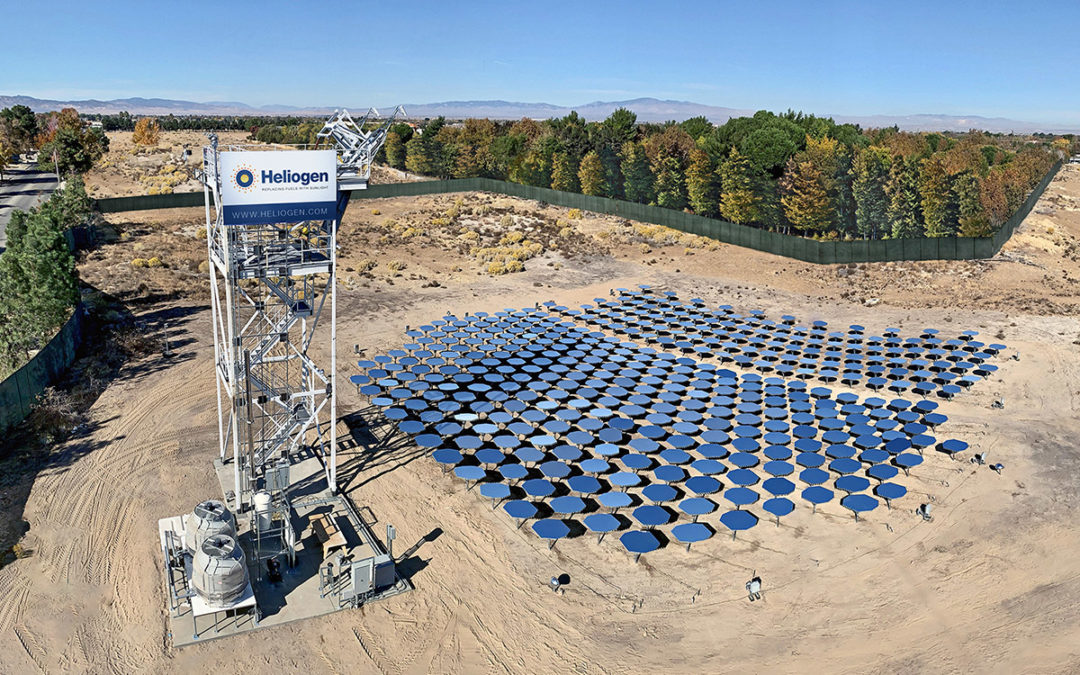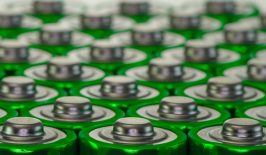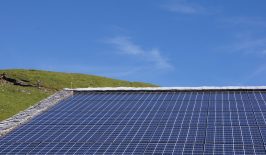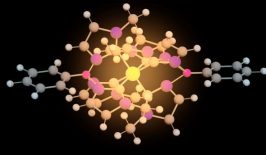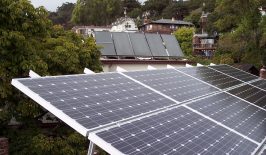A Bill Gates-backed startup claims to have developed a method by which solar power could be used to fuel some of our most fossil-fuel dependent industries, such as steel and concrete production. Previously, such industries have been unable to adopt solar power as it is often incapable of producing the heat required to manufacture their end products. The new system, however, suggests it could produce temperatures of around 1,000 celsius – and in an environmentally friendly way.
The steel and concrete industries are some of the largest polluters on Earth, with concrete production alone equating to around 8 percent of global emissions – placing it on par with nation states in terms of the amount of carbon produced. These industries often rely on large rotary pyroprocessing kilns in order to create the heat needed to carry out various processes and chemical reactions required for manufacturing. Usually, a minimum of 950 degrees celsius is required for these kilns, a number far in excess of what solar power can provide. Faced with this, refineries usually turn to cheap and dirty fossil fuels, such as coal and oil, to fire these processes.
Creating Pure Solar Power
Now, Heliogen, a startup from California, believes it has created a solution by using mirrors to focus the natural power of the sun into extremely high temperatures. The idea of using mirrors to create solar-thermal energy is not entirely new. Previous attempts have experimented with using fields of mirrors to reflect the sun’s rays into a singular target, creating a spot of intense heat. However, as of yet these attempts have failed to produce sufficiently high temperatures for some industrial processes – only reaching around 575 degrees celsius.
The Heliogen version utilises the same basic premise of mirrors reflecting sunlight into a focal point, but in order to push the temperature output, they have turned to computer vision and imaging processes. By precisely positioning and orientating each mirror into the best possible configuration via their computer models, they have made their mirror fields more efficient and effective, often doubling the output of older mirror methods. Bill Gross, founder and CEO of Heliogen, explained to Fast Company:
“It’s a little bit like an enormous magnifying glass, but it’s an enormous magnifying glass that’s computer-controlled… We have a series of high-resolution cameras look at a whole field of mirrors, and have all of them be pointing very precisely by looking at the position of the mirrors in real time. And that has never been done before.”
It is suggested that Heliogen solar-thermal plants could be set up adjacent to, or within, foundries in sunnier climates allowing them to directly use the power of the sun without even needing to first transform it into electricity – as would be the case with traditional solar panels. Unfortunately, like solar panels, it would only be able to function during the hours of sunlight and in clear conditions, however Gross claims this would be enough to result in massive fuel savings. He continued:
“Even just by cutting fuel use during the daytime, we can make an enormous impact on reducing their CO2. Some of these companies are looking for ways to cut their CO2 emissions by 1%, 2%, 3%. And if we come along and put our [equipment] next door and run during eight hours of the day, we cut it by 33%.”
Currently, interested companies can either purchase a Heliogen system outright, or alternatively have Heliogen set-up and maintain the equipment and simply purchase energy from the nearby plant. Gross claims that many companies are looking to reduce both their costs and their environmental footprint, however traditional green power has not been commercially viable for their operations. Heliogen’s method looks to provide a meaningful and practical alternative. Already it has impressed some major players, with Bill Gate’s venture capital firm Neotribe investing early in the technology.
There is also the possibility of using Heliogen’s systems for a wider variety of purposes. For example, if temperatures of around 1,500 degrees celsius can be maintained, Heliogen suggests it could be used to split hydrogen particles from water, resulting in fossil free hydrogen gases that could be used to heat homes, power stations and even vehicles. For their part, Heliogen refers to these potential fuels as ‘Helio Fuels’.
